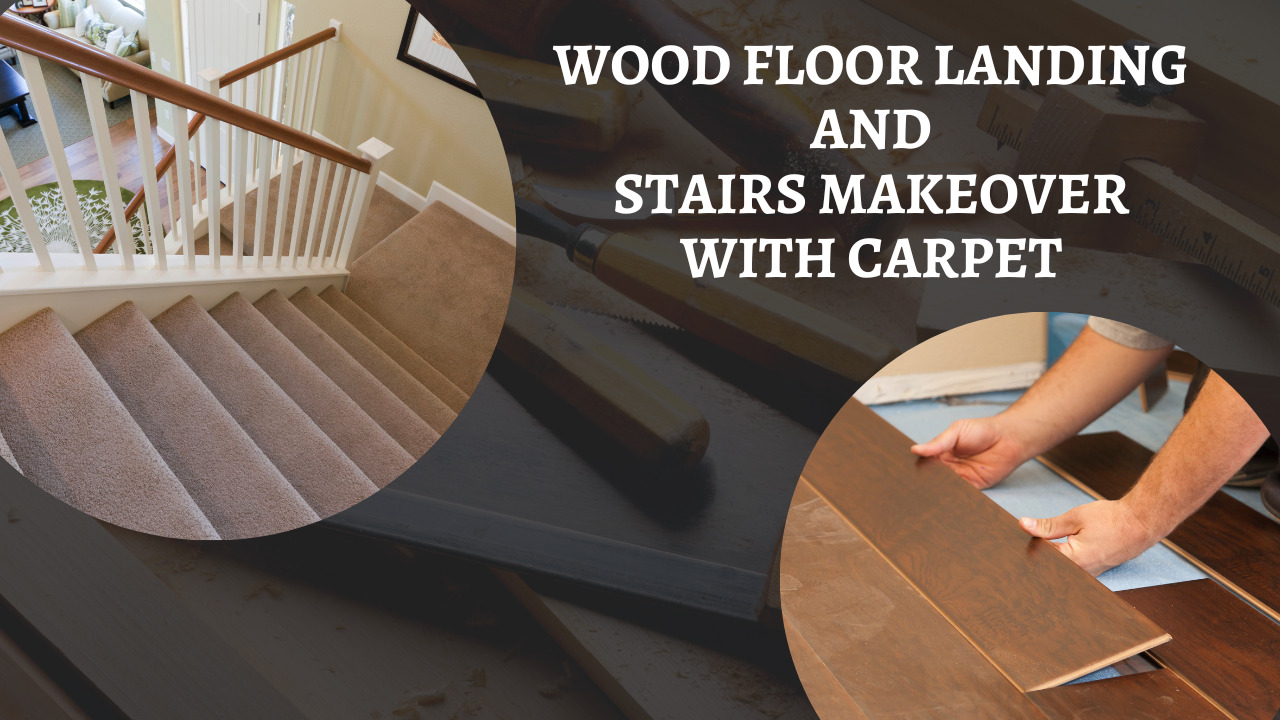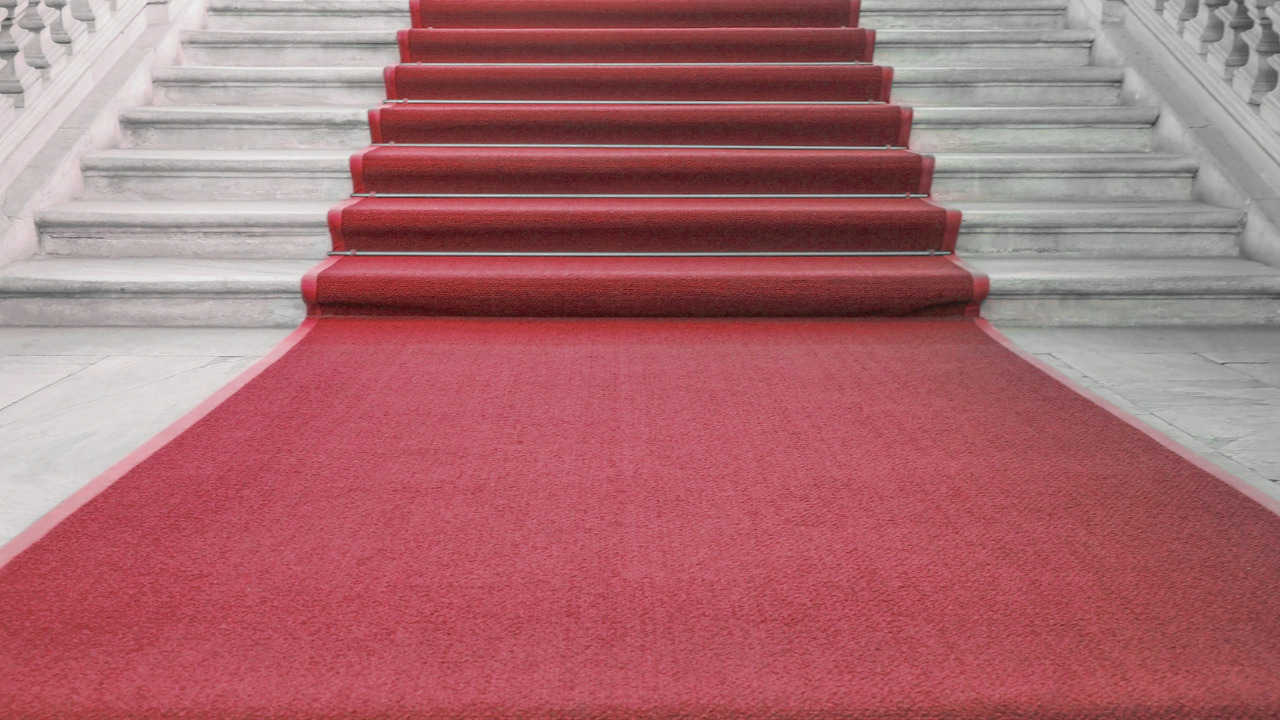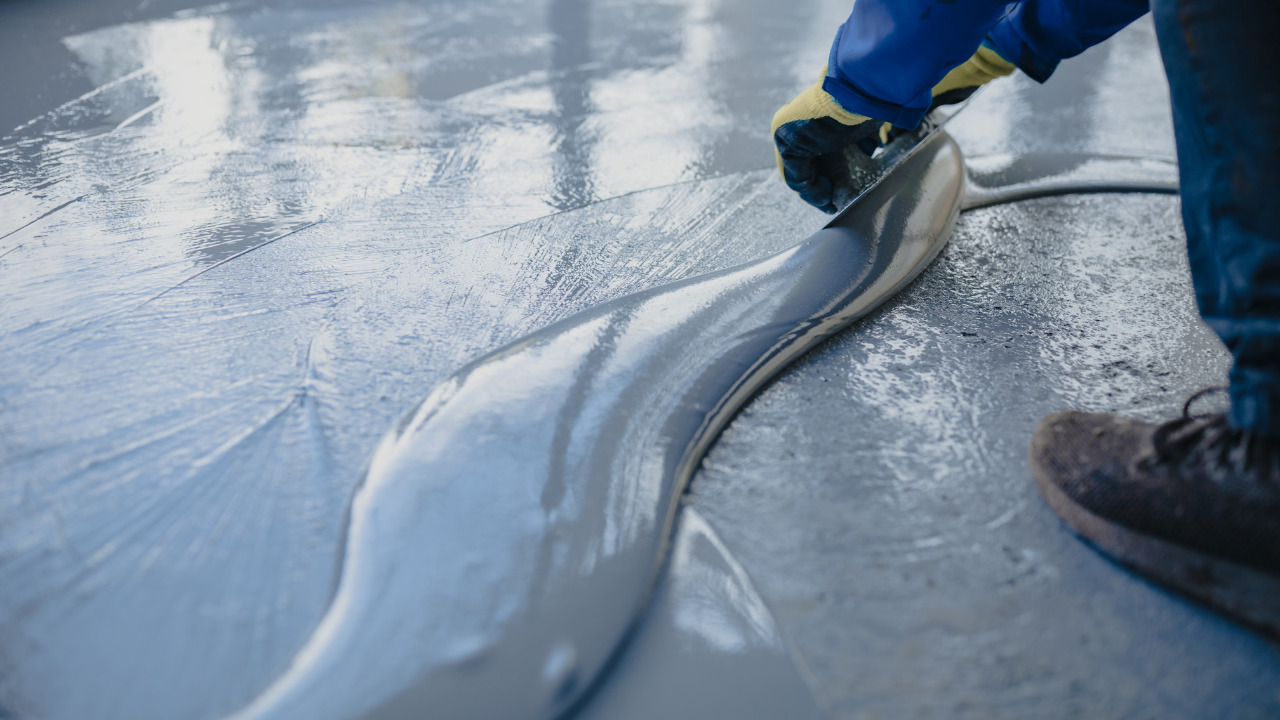It only takes a few short measures with a measuring tape to determine how much carpet is required to cover stairs and a landing. To determine how much carpet is required to cover each landing, measure each stairway and add a little extra to allow installation.
Carpeting the stairs and landing is a fashionable and practical investment for your home. Homes look cozier and more welcoming because of the carpet’s enticing softness. To keep your house quiet, it also deflects the force of footsteps.
Since carpeted surfaces are less slippery and cushioned in case of falls, they are safer than hard surfaces on stairs and landings. Applying carpet to the landing and stairs is simple with these instructions.
Table of Contents
What Is Stair Landing? An Overview
A stair landing can be the top of a flight of stairs that leads to a corridor, another room, or a transitional space when the steps change course. The standard staircase landing is compact and includes stairs running up to it and stairs leading down.
There are three walls, a stair riser on the stairs going away, and an edge in front of the stairs going up. The carpet components include padding, tack strips to secure the carpet, and a transition piece to cover any exposed carpet ends.
While measuring the stairs landing, Stretch the measuring tape from the base of the stair where it meets the landing. Mark and write the landing width and read the number where it intersects the baseboard for future reference.
How To Choose The Best Transition For Your Stairs?
Your type of carpet is one of the most crucial factors to consider while switching from top-step carpet to wood flooring. Choose a transition that is made for low-pile carpets if you have one if you have that kind of carpet. Study before settling on a final choice among the many available transitions.
The transition height must also be considered when switching from the carpet on the top step to wood flooring. To prevent a trip hazard, you should pick a flush transition with the top of the carpet. Before making your final decision, measure your steps because many heights are available.
The color of the transition is a final aspect to think about. You should pick a hue that goes well with the wood floor and the carpet. Choose the appropriate color for your home from the many options available.
Steps To Install Carpet On Stairs And Stairs Landing
Choose A Right Carpet
Find the ideal carpet first to start the carpeting process. Because of these areas’ tremendous traffic, your carpet should be durable and simple to maintain. When installing carpet with padded backing, don’t cut corners. Despite being simpler to install, this carpet style will probably wear out rapidly.
Measure And Cut Cushion
Your carpet’s basis is carpet padding, also called carpet cushion. Thanks to this plush substance, your carpet will last longer and feel softer underfoot. Measure your landing, each stair step, and each riser separately. Eliminate cushioning at the landing and on each step.
The components should fit around the landing you’ll fasten to the back of the treads. The most accurate cuts can be made with a straight edge. Ensure you’re working on a surface that isn’t important to you because it could get harmed.
If the steps on your staircase are uniform, you can create a template to cut out each piece of padding. For curving staircases or staircases close to unlevel walls, this won’t work, however. You must measure each component independently if the steps are of varying sizes or shapes.
Attach Tackless Strips
Small carpet tacks are connected to wooden strips to create tackless strips. For DIY-minded homeowners, tacky-free strips make carpet installation simpler. Put a thick piece of cardboard before nailing down the strip.
Tackless nail strips are attached to the back of each carpet riser and the treads. You can gauge the height of the tack strips using a spacer composed of two tackless strips taped together. More tackless strips should then be driven into the landing walls’ sides.
At the base of the stair riser, add extra strips to the front of the upward side and the border of the descending side.
Staple Carpet Cushioning
Use a hammer stapler to secure your carpet padding pieces in place. Staple the pad throughout its length, beginning from the middle of each stair’s tread. Before attaching it with staples, wrap the padding around the riser and down the front of the step so that it fits snugly without wrinkles or lumps.
Measure Stairs And Landing For Carpet
You must measure the stairs and land next to cut the necessary carpet. You must cut out distinct portions even if your staircase is straight and level. A tripping danger will soon develop if one piece becomes loose.
If all of your steps are identical, you can create a template to utilize when cutting each piece. If not, you’ll have to measure each one separately. To cut your pieces out against a straight edge for installation, flip the carpet over so the underside is up.
Ensure that the piles of each item are aligned with the traffic flow in the same direction.
Install Carpet On Stairs And Landing
It’s time to put the carpet in, so start with the bottom step and work from the stairs to the landing. If your staircase has multiple landings, you can keep going by repeating the instructions below. With an awl, press a piece of carpet into your tackless strips. The floor and stairwell’s base should have a smooth transition.
Because of the short tackless strips, you should never push your carpet down with your hands. Always use an awl. Make sure not to staple through the fold. You can conceal the staple impressions by jiggling the carpet stapler between the carpet’s nap.
With a carpet stretcher, stretch your carpet into the seam created by the riser and tread. Around the step, fold the carpet’s edges. Fold the carpet into the seam and fasten it with a stair tool and a rubber mallet.
When Do You Really Need To Transition Carpeted Stairs?
Switching from carpeted stairs to wooden ones is one of the most common home remodeling tasks. Although it can be difficult, this task can be completed rather fast with good preparation and execution. Establish the ideal time for the project first.
You should think about factors like scheduling, weather, and household traffic. Planning should begin as soon as a date for the project has been chosen. You must measure the staircase, choose the wood flooring you wish to use, and calculate the required material.
Things To Avoid While Transitioning Carpeted Stairs To Wood Floor
You should avoid a few things while switching from carpeted stairs to wood floors. A dangerous and ugly uneven surface would be created if the wood flooring was placed on the carpet. Instead, completely remove the carpet before putting in the new flooring. This will enable you to smooth out any irregularities in the underlying surface and produce a polished, clean appearance.
Using trim that is too flimsy or thin is something else to avoid. This transition between the two dissimilar surfaces will not only look cheap, but it will also be subpar. Instead, use a stronger and heavier trim so that the transition between the wood and the carpet looks smooth.
Last but not least, remember to complete the flooring’s edges. This is crucial when using hardwood because unfinished edges can be quite sharp. Finishing the edges will give your work a safer, more professional appearance guaranteed to be impressive.
Bottom Line
Although carpeting your stairs and landing will take some time, it is a reasonably easy approach to enhance the appearance and functionality of your home. Hopefully, after reading this post and considering all discussed steps, you will install carpet on your stairs and landing area like a pro.
This transition from carpet to wood can be made in a few different methods, and which one you use will depend on the demands of your home. The carpet and any staples or tacks holding it in place should be removed, for instance, if your stairs have a carpeted landing.













